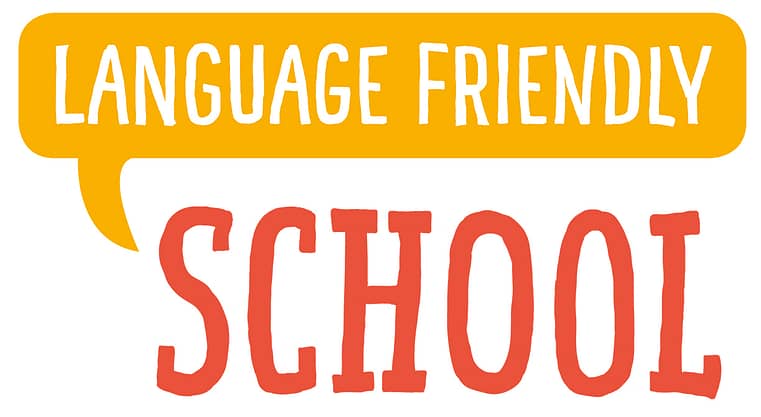Frequently asked questions
What Language Friendly Schools do
Language friendly schools value all languages and make sure that no student is prohibited or discouraged from using their home language in the school environment.
They can create opportunities for students to share their home language, perform school work in their home language, or receive academic support in their home language. But no two language friendly schools look exactly the same as each has its own unique linguistic profile, expertise and capabilities.
The Language Friendly School-coordinator is the main contact person for the school and the Rutu Foundation. They will be responsible for communication, they will coordinate implementation of the Language Friendly School plan, draft reports, follow-ups and evaluation.
This is different for each school and depends on the relationship they have with their parents. A Language Friendly School is created by the whole school community, and parents are an integral part of this community.
For most schools, the first step is to create a welcoming environment. Other examples are: welcoming parents to the school in their own language by student language ambassadors; making languages visible at school; translating (news)letters into home languages and organizing (online) information sessions.
How does it work in the classroom?
The languages of the school are essential for the development of the students but should not be learned at the expense of the emotional and cognitive development of the student.
Research shows that if children can read in their own language, they will be able to transfer their knowledge to the language of the school. Children do not need to learn to read twice.
A student's mother tongue can be used during teaching to maximize learning. If this is done, learning the language of the school as well as the academic content will be faster and better.
Need ideas on how to make your classroom or school more language friendly? Look no further! Our Toolkit for Language Friendly Schools contains various activities. Not a language friendly school yet? Follow us on Twitter, Facebook, Instagram, or LinkedIn and be inspired by what other schools do.
Want to know more? Watch this video.
Children are always children! Research has shown that when children are allowed to speak in their own languages to help each other, understand a concept, play, do homework, they rarely talk about anything else but that. It is important that children understand why you encourage languages in the classroom (solving a problem, understanding a lesson, ...).
Some teachers make “class rules” with their students that their students sign and which are then posted on the walls. Children may still argue, but if there is open communication in your classroom, they will come and talk to you about it and you can help them solve the problem. It is best to talk openly with them and make it the subject of a class discussion.
Watch this video for more information.
Not necessarily. At the Language Friendly School, we believe in welcoming students’ home languages into the school, the classroom and the school community in meaningful and useful ways.
Sometimes that may mean offering lessons and final exams in the students’ home languages. Some schools work together with external organizations who provide home language classes at the school but outside school hours. Other schools leave it up to the parents to provide home language instruction.
Your students speak a wide variety of languages? That’s fantastic news! Linguistic diversity is always an asset.
Not only will the discussions be richer, but the children will be able to open up to the world. Discovering languages will give you the opportunity to integrate a lesson of geography, history, natural sciences, maths, etc. For example, it is interesting to discover that the spelling of numbers is not the same in English, in Arabic and in Chinese.
No, children always want to learn the language of the environment and the common language spoken by their friends and classmates.
The question is not whether the children will learn the language of the school, but rather how they will learn it. As one of the Language Friendly Schools put it: “our children first need to feel comfortable, then we can start teaching them”. Meaning that when children feel safe and secure - among other because they are allowed to express themselves in their home language - they are more open to learning.
There are many different ways that teachers integrate the different languages spoken by their students to facilitate learning the school language. But learning the school language is only part of what school is about. Children need to learn many different subjects and develop various social emotional skills. Language Friendly Schools share their strategies on how to use all languages for these purposes. They also have access to a Toolkit of Language Friendly Activities. We also organize workshops or specifically adapted training.
Not a Language Friendly School yet? Follow us on Facebook, Instagram, or LinkedIn and be inspired by what other schools do.
How to become a Language Friendly School
Have a look at our page Join
- As a teacher, you can start small by incorporating language friendly activities in your own classroom. There are many activities and lesson plans that are very simple to start with. You can find free resources online, check out the Rutu Foundation Youtube channel for example. After a while, other teachers will notice the results that these activities will have on the children and then they might be motivated to join. Do keep in touch with us. We regularly provide free resources.
